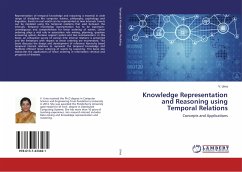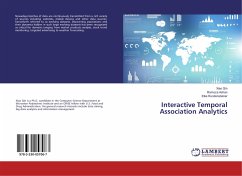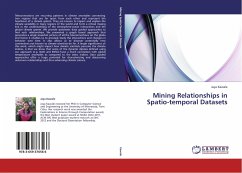Representation of temporal knowledge and reasoning is essential in wide range of disciplines like computer science, philosophy, psychology and linguistics. Events in real world can be represented as time intervals. Events can be modeled using the temporal relations that exist between the intervals. Temporal knowledge representation has to be expressive, unambiguous and comprehensive for linear ordering of events. Linear ordering plays a vital role in association rule mining, planning, question answering system, decision support system and text summarization. In this book, an exhaustive survey of various time interval relations is presented and the limitations with respect to linear ordering are enumerated. This book discusses the design and development of reference hierarchy based temporal interval relations to represent the temporal knowledge and facilitate efficient linear ordering of events by reasoning. This book also elaborates the applications of linear ordering in information retrieval and prognosis of diseases.
Bitte wählen Sie Ihr Anliegen aus.
Rechnungen
Retourenschein anfordern
Bestellstatus
Storno








